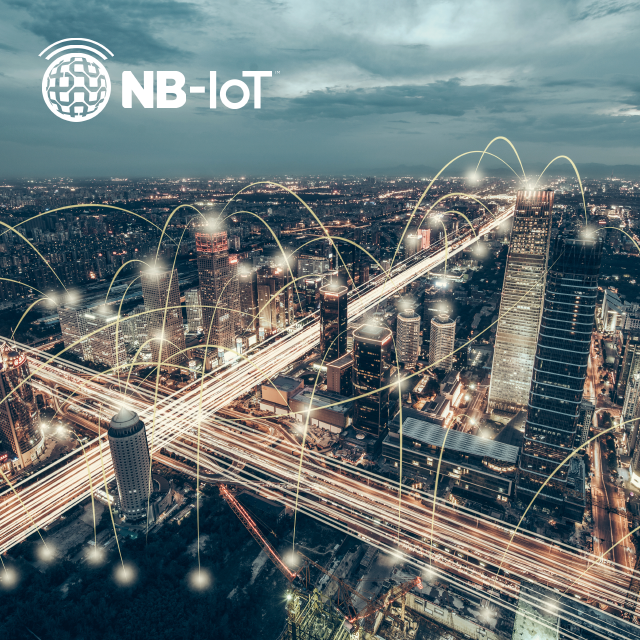
Communication technologies for smart heat/cooling metering
NB-IoT helps optimise existing district heating networks for higher efficiency. Get to know more about this smart communication technology below.
It’s time to know
Heating and cooling of buildings and industry stand for 50% of the total energy consumption in Europe and is one of the most energy intensive demands in our society. Meeting climate and efficiency goals for heating and cooling calls for a sustainable strategy that combines increased use of renewable energy while efficiently ensuring the security of supply
To optimise existing district heating networks for higher efficiency, and to integrate the growing number of fluctuating heat sources into the distribution network, requires exact knowledge. Real knowledge based on ongoing insight into flow, temperatures, and actual system capacity. And real knowledge on how to maintain and utilise the assets in the best possible way.
To IoT or not IoT?
The “efficiency” knowledge is typically based on data from the district heating/cooling networks, and one of the more pressing issues during a utility’s smart metering journey is that of wireless communication technology.
There are a multitude of options ranging from the well-known M-Bus based protocols to the hype-generating IoT newcomers, and all of them will comply to the national and European laws and regulation, such as MID, RED and EED. But do they also comply to your business needs?
First define your business needs – then choose the technology
What are your requirements for battery lifetime, data frequency and network range? Do you only need data for billing? Or also for analytics to optimise operations? Do you want full control over your communication network? Or would you prefer to leave that responsibility to industry experts?

About NB-IoT

Author
Product Manager
February 18, 2022





